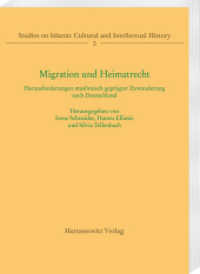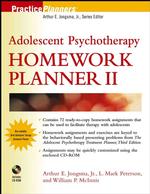- ホーム
- > 洋書
- > ドイツ書
- > Humanities, Arts & Music
- > Philosophy
- > 20th century, 21st century
Full Description
Accordingly, research on anxiety is crucial for defining human nature as such.
The analysis presented in this volume shows how an alteration of the dimensions of embodiment, time-consciousness, and phantasy takes place in anxiety.








